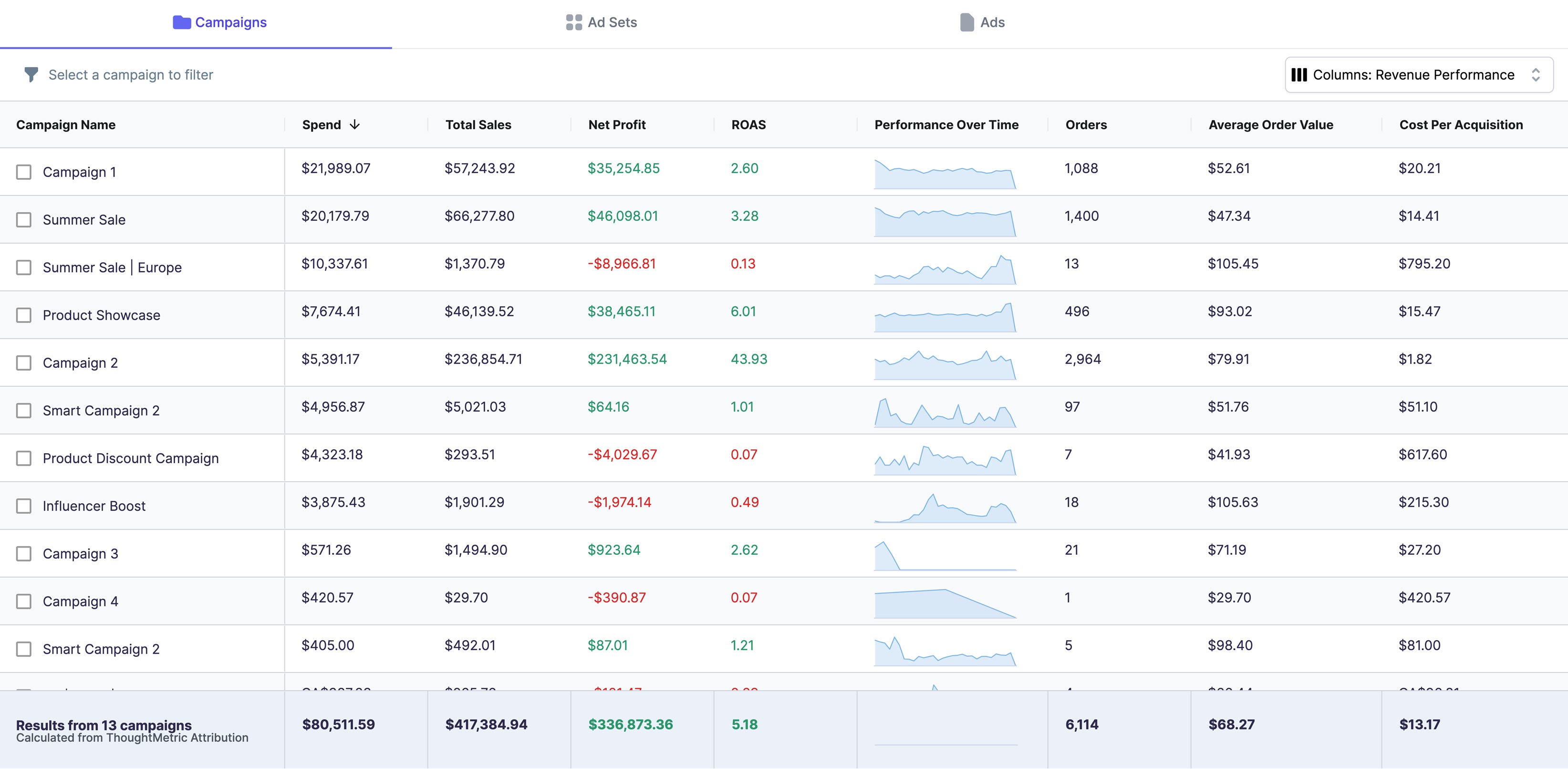If you're a business owner, it's crucial to understand the importance of website traffic. Your website is your digital storefront, and every visitor represents a potential customer. In this article, we'll show you how to calculate website traffic in Magento, a popular e-commerce platform.
Understanding Website Traffic Importance
Website traffic is the measurement of the number of visits your website receives. It's a key metric for evaluating the effectiveness of your online marketing efforts. By understanding your website traffic, you can identify trends, optimize your site for better performance, and ultimately increase conversions.
When it comes to website traffic, there are many factors that can impact the number of visitors you receive. Some of these factors include the quality of your content, the user experience of your site, and the effectiveness of your marketing efforts.
Why Analyzing Website Traffic Matters
Without analyzing website traffic, you won't know what's working and what's not. You could be missing out on valuable opportunities to attract new customers and increase your revenue. By analyzing website traffic, you can gain insight into user behavior, identify which pages are most popular, and see which sources are sending traffic to your site.
One of the most important reasons to analyze website traffic is to identify areas where you can improve your site. For example, if you notice that a particular page has a high bounce rate, you may want to take a closer look at the content on that page to see if there are any issues that need to be addressed.
Key Metrics to Track for Website Success
Some of the most important metrics to track for website success include:
- Number of visitors: This metric gives you an idea of how many people are visiting your site over a given period of time. By tracking this metric, you can identify trends and see if your traffic is increasing or decreasing.
- Time spent on site: This metric tells you how long visitors are staying on your site. If visitors are spending a lot of time on your site, it's a good indication that they find your content valuable.
- Bounce rate: This metric measures the percentage of visitors who leave your site after only viewing one page. A high bounce rate can indicate that visitors are not finding what they're looking for on your site.
- Conversion rate: This metric measures the percentage of visitors who take a desired action on your site, such as making a purchase or filling out a form. By tracking this metric, you can see how effective your site is at converting visitors into customers.
It's important to note that these metrics should be tracked over time to get an accurate picture of your website's performance. By regularly analyzing your website traffic, you can make data-driven decisions that will help you improve your site and achieve your business goals.
Getting Started with Magento
If you're new to Magento, the first step is to install and set up the platform. You'll need a web host, a domain name, and an SSL certificate. Once you've set up the basics, you can start exploring the Magento dashboard.
Installing and Setting Up Magento
Magento is a powerful e-commerce platform that offers both a free, self-hosted version (Magento Open Source) and a paid, hosted version (Magento Commerce). To install Magento Open Source, you'll need to download the latest version from the Magento website and follow the installation instructions. The installation process is straightforward and can be completed in just a few steps.
Once you've installed Magento, you'll need to set it up. This involves configuring your store's settings, such as your payment and shipping options, taxes, and other important details. You'll also need to choose a theme for your store and customize it to suit your needs. Magento offers a wide range of themes and customization options, so you can create a unique and professional-looking store.
It's important to note that setting up Magento can be a complex process, especially if you're not familiar with web development or e-commerce platforms. If you're not confident in your ability to set up Magento on your own, you may want to consider hiring a professional developer or agency to help you.
Familiarizing Yourself with the Magento Dashboard
The Magento dashboard is where you'll manage your online store. It includes features for managing products, orders, customers, and promotions. To get the most out of the platform, it's important to familiarize yourself with the various sections and learn how to navigate the dashboard.
One of the key features of the Magento dashboard is the ability to manage your products. You can add new products, edit existing ones, and manage your inventory all from one place. This makes it easy to keep track of your products and ensure that your store is always up-to-date.
Another important feature of the Magento dashboard is the ability to manage your orders. You can view your orders, process payments, and manage shipping all from one place. This makes it easy to keep track of your orders and ensure that your customers receive their purchases in a timely manner.
The Magento dashboard also includes features for managing your customers. You can view customer information, track their orders, and manage their accounts all from one place. This makes it easy to provide excellent customer service and build long-term relationships with your customers.
Finally, the Magento dashboard includes features for managing your promotions. You can create and manage discounts, coupon codes, and other promotional offers to help drive sales and attract new customers. This makes it easy to run effective marketing campaigns and grow your business.
Overall, Magento is a powerful e-commerce platform that offers a wide range of features and customization options. By familiarizing yourself with the Magento dashboard and learning how to use its various features, you can create a professional-looking online store that meets your unique needs and helps you grow your business.
Integrating Google Analytics with Magento
Google Analytics is a powerful web analytics tool that can help you track website traffic, measure user behavior, and gain insights into your online audience. By integrating Google Analytics with Magento, you can get even more detailed information about your website's performance.
Creating a Google Analytics Account
If you haven't already, create a Google Analytics account. Once you've created an account, you'll be given a tracking code. This code is what you'll use to track your website's traffic in Google Analytics.
Configuring Google Analytics in Magento
To configure Google Analytics in Magento, navigate to the "Stores" section of your Magento dashboard and click on "Configuration". Under the "Sales" tab, you'll see an option for "Google API". Click on "Google API" and enter your Google Analytics tracking code.
Verifying the Integration
To verify that Google Analytics is properly integrated with your Magento store, navigate to the "Reporting" section of the Google Analytics dashboard. You should see data for your Magento website under the "All Web Site Data" section.
Analyzing Website Traffic in Magento
Now that you've integrated Google Analytics with Magento, you can start analyzing your website traffic in more detail.
Understanding Google Analytics Reports
The Google Analytics dashboard offers a wide variety of reports that can help you analyze website traffic. Some key reports to look at include:
- Acquisition reports: These reports show how users are finding your website, whether through organic search, social media, or other channels.
- Behavior reports: These reports show how users are interacting with your website, including which pages are most popular and which pages have the highest bounce rate.
- Conversion reports: These reports show how well your website is converting visitors into customers, including which products are most popular and which promotions are most effective.
Identifying Traffic Sources
One of the most important things you can learn from analyzing website traffic is where your traffic is coming from. By identifying your top traffic sources, you can focus your marketing efforts on the channels that are driving the most traffic to your site.
Analyzing User Behavior on Your Website
Another key area to analyze is user behavior on your website. By looking at which pages are most popular and which pages have the highest bounce rate, you can gain insights into how users are interacting with your site and identify areas for improvement.
Utilizing Magento Extensions for Traffic Analysis
In addition to Google Analytics, there are a variety of Magento extensions that can help you monitor and analyze website traffic.
Top Magento Extensions for Traffic Monitoring
Some top Magento extensions for traffic monitoring include:
- Amasty Google Analytics Enhanced Ecommerce: This extension adds enhanced ecommerce tracking to Google Analytics, allowing you to track sales funnel performance and product list performance.
- XTENTO Google Analytics Enhanced Ecommerce for Magento 2: This extension adds enhanced ecommerce tracking to Magento 2, allowing you to track product impressions, clicks, and purchases.
Installing and Configuring Extensions
To install and configure Magento extensions, follow the instructions provided by the extension developer. In most cases, you'll need to download the extension files and upload them to your Magento installation. Once the extension is installed, you can configure it from the Magento dashboard.
Conclusion
Website traffic is critical to the success of any online business, and Magento offers a range of tools for tracking and analyzing website traffic. By integrating Google Analytics, monitoring key metrics, and utilizing Magento extensions, you can gain valuable insights into your online audience and make data-driven decisions for your business.





